Snake plants are extremely adaptable and durable plants that can flourish in practically any kind of lighting. Snake plants are a go-to suggestion in either a low-light or a bright setting. How much light does a snake plant require, though? What’s the best environment for your snake plant? Find out now! Let’s talk about snake plant light requirements.

Snake plants are able to grow in a wide range of lighting conditions. Their growth can be facilitated by both low and direct, bright light.
But how the snake plants grow will depend on how much light they get. Even though the snake plant does best in dazzling indirect light, it develops slowly in low-light conditions.
The snake plant is frequently suggested for low lighting conditions. But are there any drawbacks to growing under dim lighting as opposed to direct, strong light?
This article will go through the best lighting conditions for your snake plant and what to anticipate from it in various lighting situations.
Why Is Light Important For Your Snake Plants?
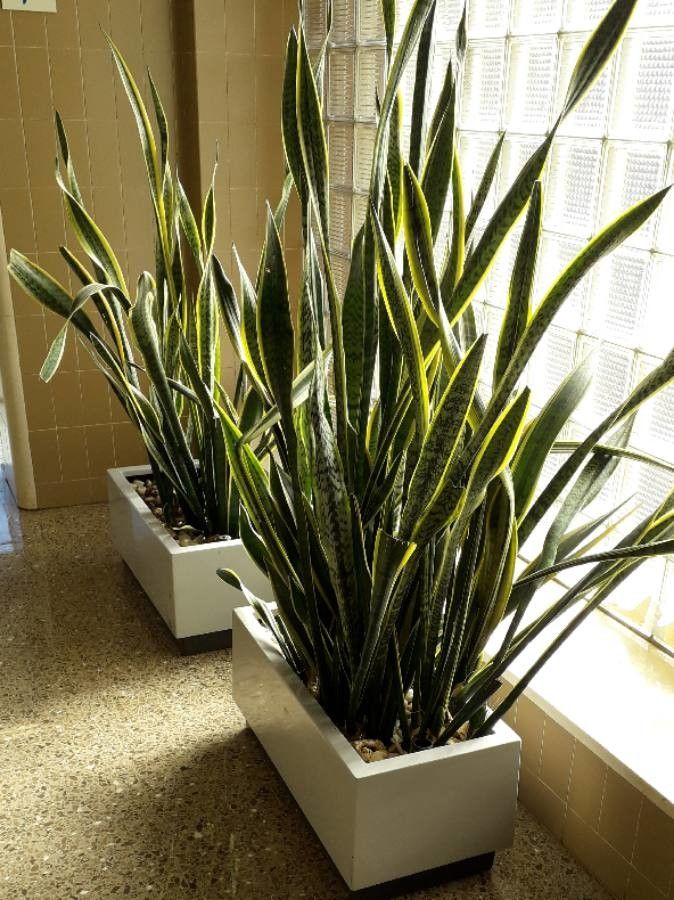
Energy for all living things, including plants, comes from light. It was never intended for plants to be cultivated inside of our homes.
Outside, where they have access to all the resources they require, they are a part of the natural world. But even if we excuse it by stating that we are bringing a piece of nature indoors, it doesn’t truly alter the needs and requirements of the plants.
Sunlight is necessary for plants to create nourishment in the process of photosynthesis. They create sugar and oxygen using sunlight, carbon dioxide, and water. The plants use the sugar as a source of energy.
Photosynthesis might not be effective in the absence of sufficient snake plant lighting. Your snake plants will consequently have reduced growth and other issues if not given with the proper amount of light.
RELATED: Snake Plants: Can They Survive Under Direct Sunlight? Top Answers and More!
What Is The Light Requirement For Snake Plants?
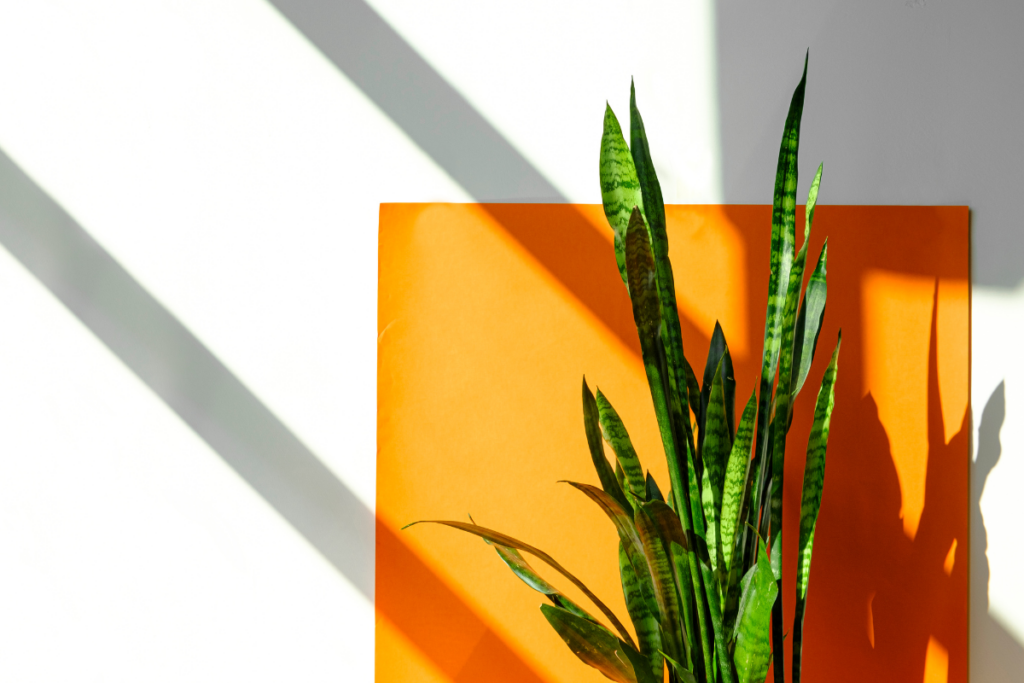
Snake plants are native to desert regions with low humidity and water availability. They can therefore store water for a long time in their thick, meaty leaves. Although the snake plant has tough leaves, it can’t stand direct sunshine. As a result, your snake plant’s leaves could burn from too much sun.
On the other hand, low light can also cause your snake plants’ growth to be delayed and cause other issues.
If some of your snake plant’s leaves are drooping, your plant is probably not getting enough sunshine. Relocating your plant to a well-lit area will help it flourish once again.
As long as the prerequisites are satisfied, Snake Plants can be grown both indoors and outdoors. However, for your Snake Plant to thrive, indirect light that is bright is ideal. Remember that your plant will develop slowly in extremely low temperatures, but it will become burned if exposed to direct sunlight.
Consider taking the following actions to effectively provide your plant with the best light:
- When growing inside, think about placing your plant close to a window with consistent access to bright indirect sunlight.
- During various periods of the day, sheer curtains can be used to block surplus light.
- Place your Snake Plant a few spaces away from an artificial light source, such as grow lamps, if you want to protect it from direct light.
Being a plant owner, you need always maintain a variety of light from moderate to bright indirect light for your Sansevieria plants. You will be able to provide them with the proper attention they all need in this manner.
We will go into more depth about each of these various lighting situations below to help you understand them better.
What Is Bright Indirect Light?
By virtue of its name, bright indirect light is filtered light that doesn’t reach your plants directly. In contrast to direct light, when the light source is directly overhead, if you block this type of light, it will throw a shadow that is hazy and poorly defined.
The light’s intensity is estimated to be between 1000 and 2000 foot candles. Hoyas thrive in this kind of light, though they can also flourish in slightly less favorable settings.
Place your plant near windows that face south, west, or east to get this light indoors. Make sure to also provide your plants with sheer drapes so that more light can be filtered.
What Is Medium Light Condition?
Medium bright light levels are less intense than brilliant indirect light, but they’re still adequate for your Snake Plant to flourish. In addition, because they won’t be exposed to direct sunshine, they also thrive in these lighting circumstances.
Approximately 250–1000 foot candles make up a medium light (2500-10000 lux). This is only about a fourth as effective as bright indirect light. This kind of light is typically found in an east-facing window.
What Is Low Light Condition?
Snake Plants species can still thrive under low light settings, despite the fact that this is not the best for practically all of them.
Even those who can endure these conditions, however, do not develop at their best. If your Snake plant is one of the species that can tolerate low light, you can give it this light by keeping it a few feet away from windows that face north, east, or west.
Changes In Light That Affect Snake Plants
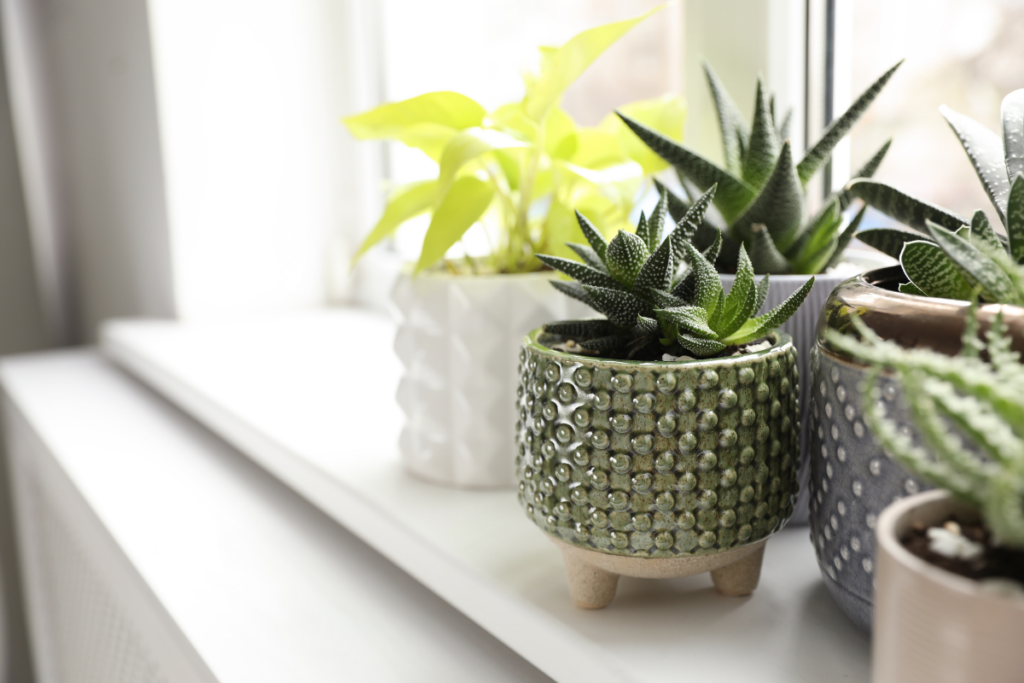
Natural light is not constant and can shift over time, either temporarily or permanently. Additionally, a variety of environmental elements that alter sunlight can have an impact on your plants’ growth. Although you have no control over these things, there is something you can do to lessen the potential harm they may do.
When you have a Snake Plant, you must take into account and respond to the following light changes:
Daily Changes
The light that enters your dwellings alters as the sun’s position changes throughout the day. Because your plant may be light-sensitive, you should take into account how the early sunshine differs from the midday or afternoon sun in terms of intensity.
If you keep your Snake Plant close to a south-facing window, it will receive light all day long. On the other hand, your Snake Plant will be directly exposed to the afternoon sun if it is positioned close to a west-facing window. Additionally, windows facing east provide your plant with the ideal morning sun for one to two hours.
Furthermore, a north-facing window does not provide your plant with enough light and will undoubtedly impede the growth of your Snake Plant. Therefore, avoid planting your plant on this side of your houses if at all possible.
Never forget that the afternoon sun is too strong for your plants, so make sure to keep them out of it. However, the early light is the ideal because its rays are gentle and do not burn your plant’s leaf.
Season Changes
Additionally, when the seasons change, homes receive varying levels of light. The summer sun differs from the sun you experience in the winter, autumn, and spring. All plant owners should be ready for these kinds of seasonal adjustments.
For instance, when summer approaches, the sun’s beams lengthen and intensify. During the winter, when the days are often shorter and less brilliant, this is different.
Your Snake Plant needs different maintenance depending on the season. The best window to put your plant in during the winter is one that faces south; never put a plant in a window that faces north.
Changes In Weather
The light that enters your houses is also impacted by changes in the weather. A clear, bright, sunny day will have more light than one that is gloomy, overcast, or wet. Even if weather changes are less prolonged than seasonal changes, if they last longer than a week, they might still have an impact on your plant.
Simply rotate the plant from one window to another so that it receives enough sunlight throughout the day to avoid difficulties with your Snake plant. Grow lights are another option you have if you want to be worry-free about your plant’s lighting requirements.
RELATED: Growing Snake Plants Outside: Can They Thrive Outdoors? Answers and More!
How Can Light Intensity Be Regulated For Snake Plant Indoors?
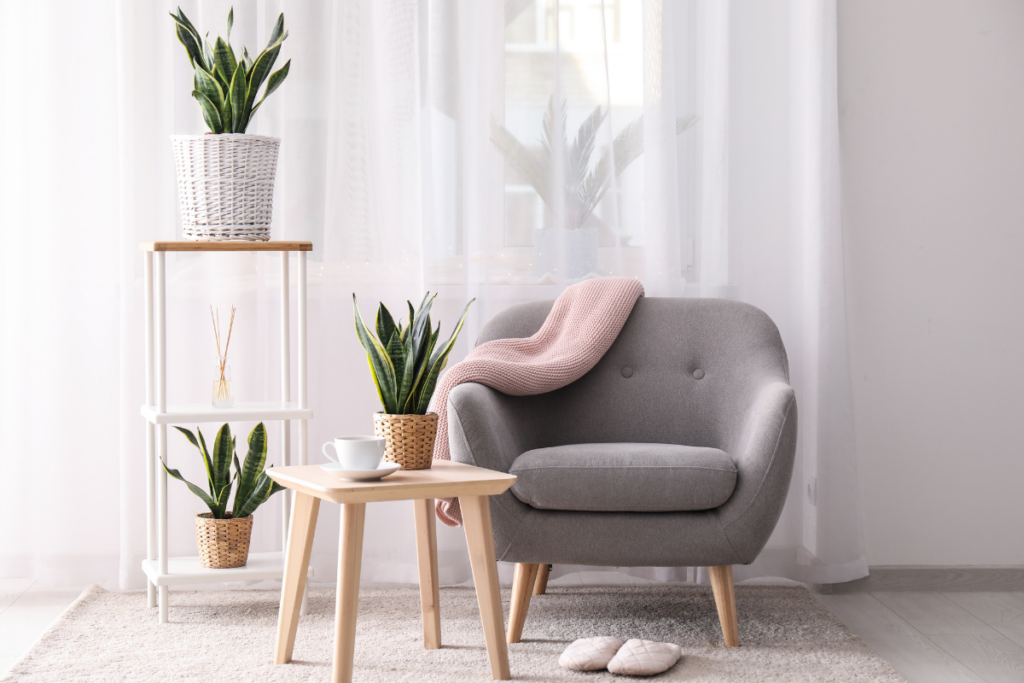
The construction and number of windows in every home vary. This is not a major issue, though, as there are things you can do to still provide your Snake Plants with the correct amount of sunshine that they actually require.
You can always use sheer, light-weight drapes for the windows. You can filter the light that enters your houses with the aid of these sheet curtains. Window films are another method of lowering light levels. They prevent various amounts of UV radiation, which is bad for you as well as your plants.
Your Snake Plant can also be placed a few feet away from your window to shield it from direct sunlight. However, you should always check to see if your plant is still using indirect light to create its own source of energy.
Can Your Snake Plant Live Without Sunlight?
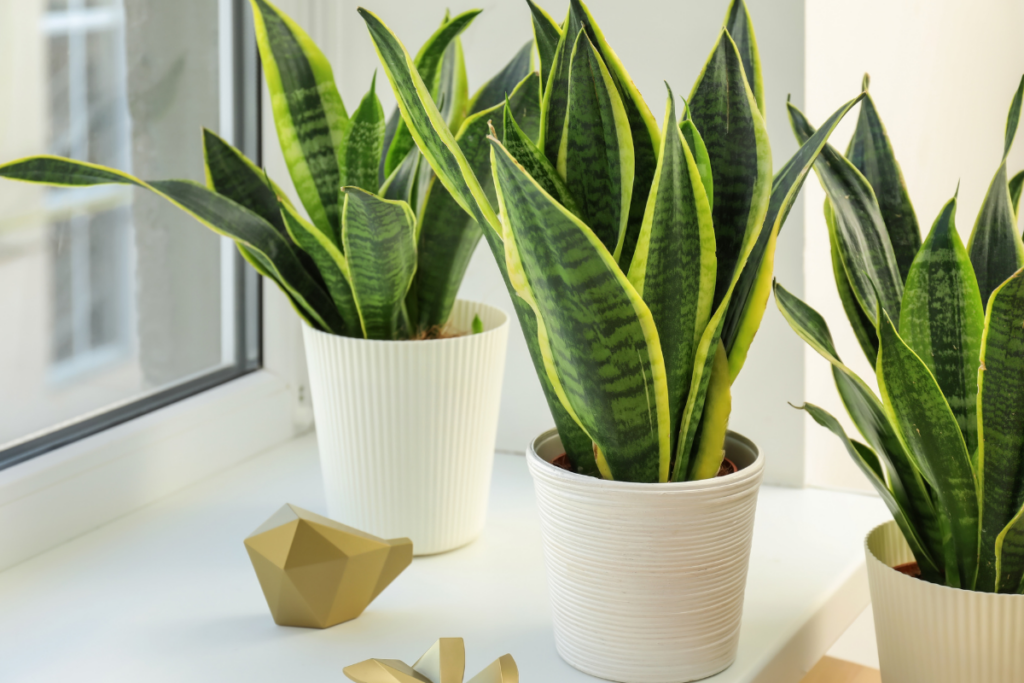
Snake plants can survive in low- to medium-lighting situations reasonably well. However, your snake plant’s foliage may become damaged by intense direct sunlight. They may therefore survive without any direct sunshine.
Snake plants do, however, require light for photosynthesis. Therefore, in order for them to survive, you must provide them with bright indirect sunshine.
Your snake plant will thrive in a room with good lighting. However, as long as their other cultural requirements are met, they are likely to live even in low-lighting settings.
How To Know If Your Snake Plant Is Getting Enough Amount Light?

Even under dim lighting, the snake plant may persist. However, in such circumstances, don’t anticipate too much development from them.
Your snake plant will offer you some visual cues if it isn’t getting enough light. To solve the problem and maintain the health of your snake plant, you must observe these signs.
- moist soil
- modest growth
- sagging leaves
- root rot
- wet leaves
Your snake plant will begin conserving energy if it doesn’t get enough sunshine to survive. Consequently, your plant’s growth will be impacted.
Droopy leaves are the first indication of inadequate lighting. Usually, the lower leaves begin to droop first. If you notice any of these symptoms, you must relocate them for a few weeks to a well-lit area.
How To Know If Your Snake Plant Is Getting Too Much Sun?
Although Snake plants thrive under strong lighting, excessive sunshine is not necessarily beneficial for them. You may notice some of the following symptoms if your snake plant receives too much light:
- Brown or yellow leaves
- Droopy leaves
- Cracked and dry soil
- Burnt leaf
If you see any of these symptoms, you should move them to a different location or cover them with sheer curtains or blinds. People frequently assume that improper watering is the root of the aforementioned issues, but this is not always the case.
Your snake plant may occasionally have special issues as a result of too much light.
The yellow and withering leaves should be pruned off so that your snake plant’s growth hormone can be stimulated. The plant can then concentrate more on developing healthy foliage and new growth in this way.
Frequently Asked Questions
How Many Hours Of Sunlight Does A Snake Plant Need?
At least 8 to 10 hours of bright light per day are preferred by snake plants. More is better for your snake plant, so bring it on. These plants can adjust well to various intensities of light. Therefore, you can put them in an area with a bit less light, and they’ll probably surprise you with substantial growth.
What To Do If Your Room Has No Windows?
For a beginner, growing any indoor plant without access to natural light is simply impossible. Yes, some people will succeed with it, but that will only be achievable if you can discover a natural or artificial technique to supplement the light.
Does that imply that if you don’t have any windows in your room, the snake plant will give up on you? You can still grow them, though. However, it is advised that you purchase a grow light, with led light bulbs, for them.
Final Thoughts
Sunlight is necessary for plants to survive, but depending on its intensity, it can also harm them and even kill them. Knowing what is best for each of your plants will help you avoid more issues because different plants have varying light needs.
Your Snake plants will grow and thrive best in medium to bright indirect light. There are several ways to create these lighting conditions indoors, but you also need to be aware of potential variations caused by the weather and seasons.
Editor’s Recommendations
Snake Plants Growth: How Big Do Sansevierias Grow?
Snake Plant Dying: How To Revive It And More Helpful Tips
Snake Plant (Sansevieria): How To Get Your Plant To Flower and More







